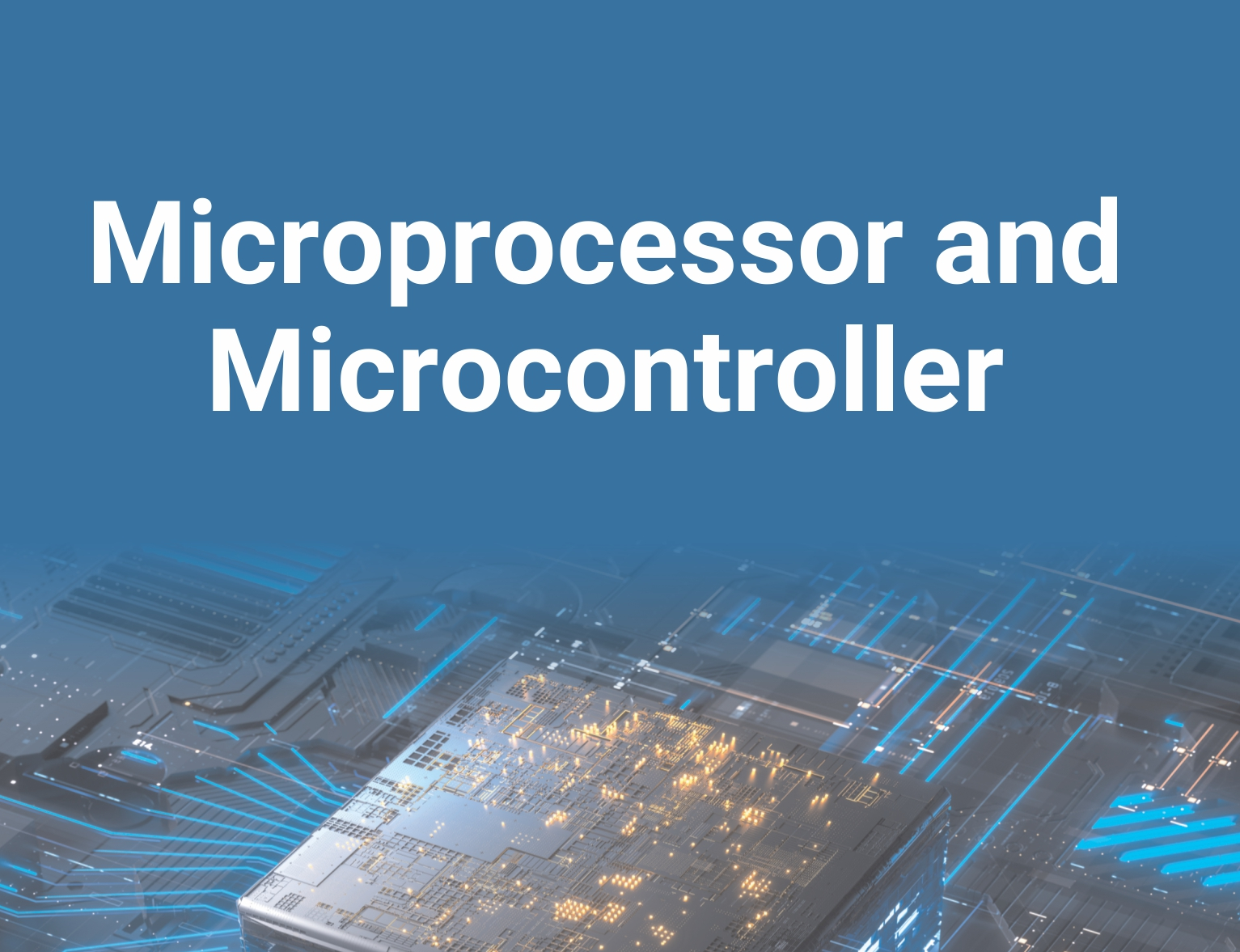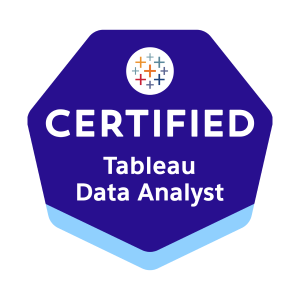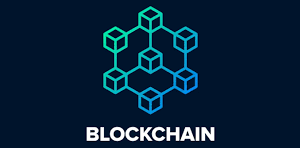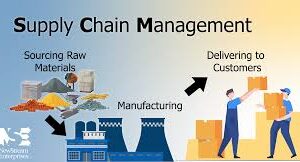Description
Course Description:
A Microprocessors and Microcontrollers is the central processing unit (CPU) of a computer, essentially its “brain”, responsible for executing instructions and performing calculations. A microcontroller is a single-chip, small, low-cost computer used to control specific functions in embedded systems.
Key Features of Course Divine:
- Collaboration with E‑Cell IIT Tirupati
- 1:1 Online Mentorship Platform
- Credit-Based Certification
- Live Classes Led by Industry Experts
- Live, Real-World Projects
- 100% Placement Support
- Potential Interview Training
- Resume-Building Activities
Career Opportunities After Microprocessors and Microcontrollers Certified Course Training:
- Embedded Systems Engineer
- Firmware Developer
- Hardware Design Engineer
- Electronics Design Engineer
- IoT Developer
- Automation Engineer
- R&D Engineer (Electronics)
- Robotics Engineer
Essentials Skills You will Develop Microprocessors and Microcontrollers Certified Course Training:
- Understanding of Microprocessor & Microcontroller Architectures
- Embedded System Programming
- Interfacing Techniques
- Embedded C Programming
- Hands-on Hardware Debugging
- Real-Time System Design
Tools Covered:
- Keil µVision – IDE for microcontroller programming
- Proteus – Simulation and schematic capture tool
- Arduino IDE – Programming environment for Arduino boards
Syllabus:
Module 1: Introduction to Microprocessors Overview: Evolution of microprocessors and microcontrollers Architecture: Functional block diagram, registers, ALU, bus systems Control Signals: Timing diagrams, machine cycles Memory Interfacing: I/O ports, data transfer concepts Interrupt Structure: Interrupt handling mechanisms.
Module 2: 8085 Microprocessor Architecture and Programming Instruction Set: Data transfer, data manipulation, control instructions Addressing Modes: Immediate, direct, indirect, register, register indirect Assembly Language Programming: Loop structures, indexing, subroutines, stack operations Interfacing ICs: 8255 PPI, 8259 PIC, 8251 USART, 8279 Keyboard/display controller, 8254 Timer/Counter.
Module 3: 8051 Microcontroller Architecture and Programming Architecture: Functional block diagram, Special Function Registers (SFRs), I/O ports Instruction Set: Addressing modes, assembly language programming Interrupt Structure: Interrupt handling in 8051 Timers and Counters: Programming timers, counter operations Serial Communication: UART programming.
Module 4: Interfacing with 8051 Microcontroller Peripheral Interfacing: LCD, keyboard, ADC, DAC, sensors Advanced Applications: Stepper motor control, waveform generation External Memory Interface: Interfacing external memory with 8051 Comparison: Microprocessor vs. Microcontroller, PIC vs. ARM processors.
Module 5: ARM Microcontroller Architecture ARM Architecture: RISC design philosophy, ARM core architecture Instruction Set: Data processing, data transfer, control flow instructions Pipelining: 3-stage and 5-stage pipeline System Development Support: AMBA interface, JTAG, ARMulator Processor Cores: On-chip memory, caches, memory management.
Module 6: ARM Instruction Set and Assembly Programming Data Processing Instructions: Arithmetic, logical operations Data Transfer Instructions: Load, store operations Control Flow Instructions: Branching, looping
Software Interrupt Instructions: SWI, SVC Coprocessor Instructions: Usage and programming Thumb Instruction Set: 16-bit compressed instructions.
Module 7: ARM System Development and Debugging Memory Interface: AMBA interface, memory mapping Debugging Tools: ARMulator, JTAG, Embedded Trace
System Control Coprocessor: CP15 registers Protection Unit Registers: Memory management Operating System Support: ARM MMU architecture Processor Cores.
Module 8: High-End Processors and Coprocessors 80386 and 80486 Processors: Architecture, features Coprocessor 8087: Architecture, interfacing with 8086 Data Types: Floating-point operations Instructions: Programming with 8087
Applications: Scientific computations.
Module 9: Interfacing Techniques and Applications Peripheral Interfacing: LEDs, switches, displays Sensor Interfacing: Temperature, pressure sensors
Motor Control: DC, stepper motors Data Acquisition Systems: ADC, DAC interfacing
Communication Protocols: I2C, SPI, UART.
Module 10: Embedded Systems and Applications Embedded System Design: Hardware and software considerations Real-Time Operating Systems: RTOS concepts Application Development: Embedded C programming Case Studies: Home automation, industrial control Project Work: Design and implementation of embedded systems.
Industry Projects:
- Home Automation System
- Temperature Monitoring System
- Digital Access Lock using
- Smart Traffic Light Control using Arduino
- Automatic Irrigation System
Why Choose?
- Comprehensive Curriculum: Covers microcontroller programming, hardware interfacing, RTOS, and communication protocols.
- Hands-On Projects: Emphasizes practical learning through real-world applications.
- Expert Instructors: Learn from experienced professionals in the field.
- Flexible Learning: Access course materials online at your own pace.
- Supportive Community: Engage with peers and instructors for collaborative learning.
- Career Opportunities: Gain skills in high demand across various industries.
- Industry-Relevant Skills: Focus on practical skills applicable in real-world scenarios.
- Structured Learning Path: Well-organized curriculum guiding students through complex topics.
Who Is This Program For?
- Students and Graduates
- Working Professionals.
- Educators and Trainers
- Job Seekers
- Freelancers and Entrepreneurs
How To Apply:
Mobile: 9100348679
Email: coursedivine@gmail.com









Reviews
There are no reviews yet.